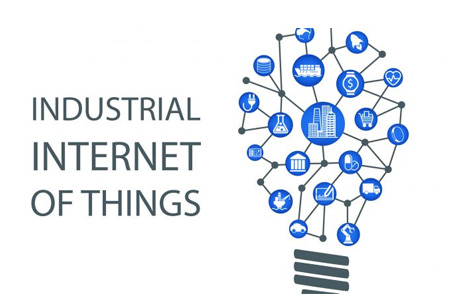THANK YOU FOR SUBSCRIBING
Compliance-as-Code: Automating Governance in APAC DevOps Pipelines
Compliance-as-Code (CaC) streamlines governance in APAC DevOps by embedding regulatory standards into CI/CD pipelines, ensuring continuous compliance and faster software delivery, thereby enhancing efficiency and trust.

By
Apac CIOOutlook | Monday, October 13, 2025
Stay ahead of the industry with exclusive feature stories on the top companies, expert insights and the latest news delivered straight to your inbox. Subscribe today.
Fremont, CA: The rapid pace of digital transformation across the Asia-Pacific (APAC) region has placed intense pressure on organisations to accelerate software delivery. As DevOps adoption grows to meet this demand for speed and agility, the traditional, manual, and often time-consuming processes of governance and regulatory compliance have become significant bottlenecks. Compliance-as-Code (CaC) emerges as a transformative paradigm, embedding regulatory requirements and security standards directly into the automated DevOps pipeline, turning compliance from a reactive checkpoint into a continuous, intrinsic function.
Integrating Governance into the DevOps Lifecycle
The true strength of CaC lies in its seamless integration across the entire Continuous Integration/Continuous Delivery (CI/CD) pipeline, effectively shifting compliance to the earliest stages of development. During the pre-commit and development phase, developers can validate their configurations and code against codified compliance rules directly on their local machines. This proactive approach enables immediate detection and remediation of policy violations before the code is committed to the central repository. In the CI stage, automated tools perform comprehensive scans of application code, infrastructure templates, and container images to enforce critical policies such as encryption standards, secure default configurations, and proper access controls. Any detected non-compliance results in a failed build, ensuring rapid feedback and preventing the advancement of insecure code. During CD and deployment, automated checks are executed once more before promoting code to staging or production environments. This step confirms that infrastructure configurations adhere to established governance standards, mitigating configuration drift and maintaining continuous compliance throughout the deployment process.
Achieving Continuous and Proactive Governance
By embedding governance directly into the delivery process, CaC offers critical advantages that enable organizations to operate effectively at scale within the APAC environment. It establishes continuous assurance, transforming compliance from a periodic activity—such as an annual audit—into an ongoing, real-time function. Automated monitoring tools consistently evaluate the operational environment, ensuring alignment between the actual and the desired compliant state defined in code. CaC also promotes consistency and scalability, providing a single, version-controlled source of compliance truth that applies uniformly across multiple cloud platforms and regulatory jurisdictions. This minimizes human error and eliminates inconsistencies in policy enforcement. It also enhances auditability by automatically logging every compliance check, validation, and enforcement action. This creates a comprehensive, verifiable digital audit trail that simplifies both internal and external audits, enabling organizations to demonstrate due diligence efficiently and with confidence.
CaC transforms governance into an enabler of speed, enabling organisations to rapidly deliver features while maintaining an ironclad, automated posture of regulatory adherence, which is vital for preserving trust and operational integrity in a fast-moving, digitally mature region like APAC.





